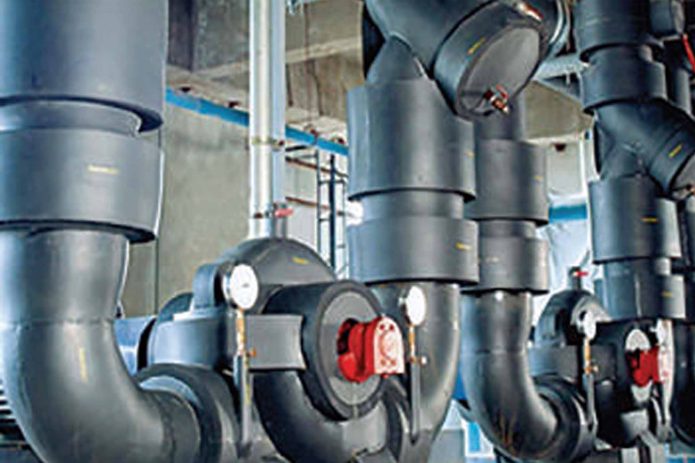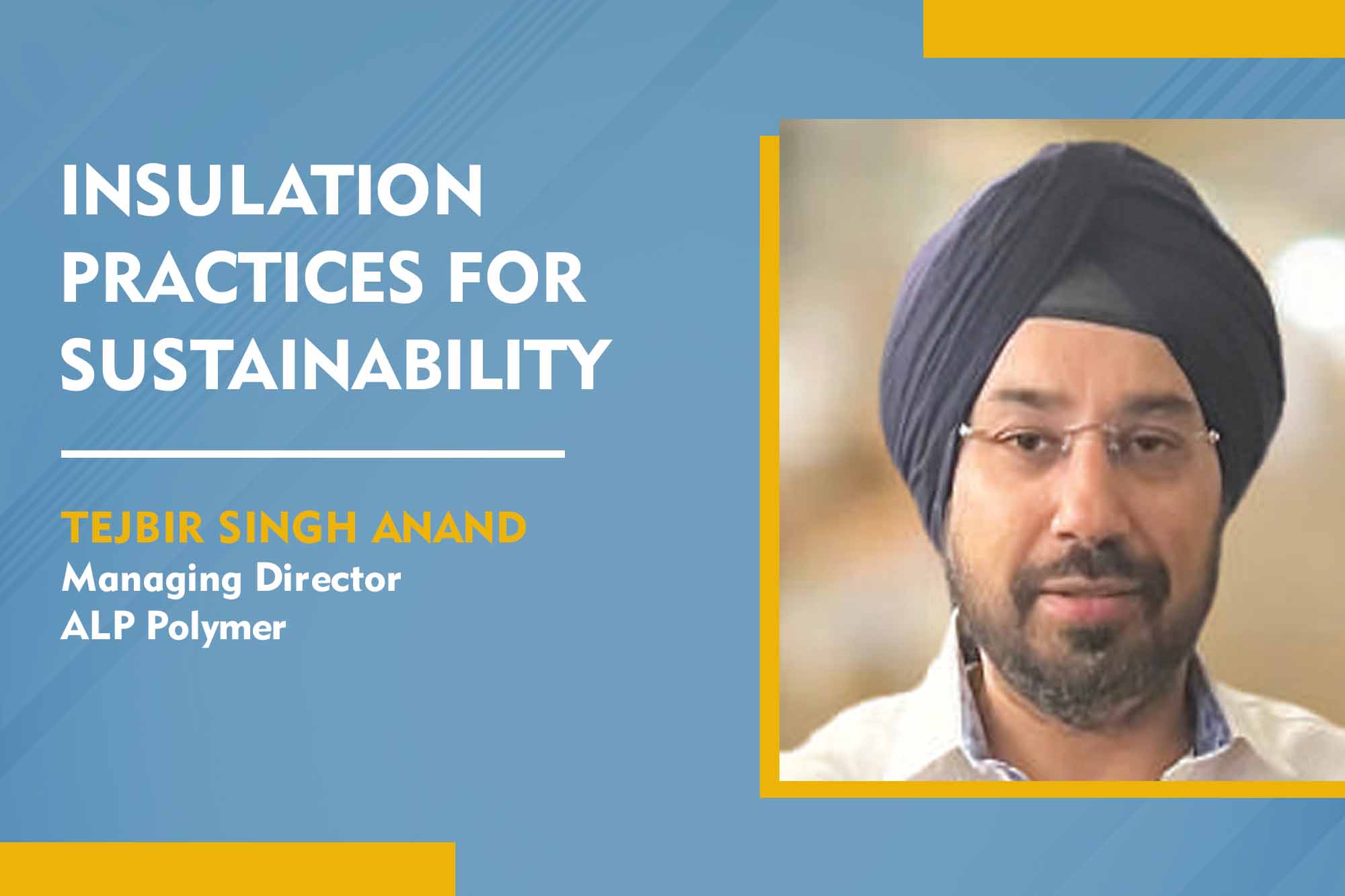Tejbir Singh Anand, Managing Director of ALP Polymer, highlights that the HVAC industry is expected to expand due to infrastructure investments, increasing installation costs, and the integration of AI and IoT systems by companies like ALP Polymer.
How do you envision HVAC systems and economic development impacting India’s potential for improvement?
The connection between HVAC (heating, ventilation, and air conditioning) and economic development is closely linked, particularly in infrastructure. Over the past few years, there has been a significant increase in infrastructure investments, whether in the form of ports or airports. India currently has a lot of gaps in necessary infrastructure, and there is potential for significant improvement if effective measures are implemented. This improvement relies on a stable government, effective policies, and a direct focus on expanding infrastructure.
How do you perceive the growth trends in the HVAC industry and infrastructure, and do you believe the increasing emphasis on energy conservation will require a greater demand for insulation?
In today’s global climate context, HVAC systems are crucial in advocating sustainability and insulation practices to reduce environmental impact. Enhanced insulation standards are essential in preserving energy, reducing carbon footprints, and reinforcing infrastructure resilience. Collectively, we are paving the way towards a greener and sustainable future.
What distinguishes ALP insulation products in the market, and how is it does it contribute to the insulation sector’s growth within the HVAC industry?
Our thermal insulation offerings consist of three product lines. The first is PVC nitride, used in the mid-deck. At the premium level, we offer EPDM, which has non-toxic and non-polar properties. For more budget-conscious options, we provide cross-linked polyethene XLP. Notably, we are India’s exclusive manufacturers, offering all three solutions under one roof.

How do you foresee the growth between insulation products and the HVAC industry?
The insulation market anticipates a mutually beneficial connection with the growing HVAC industry. We project a 4 to 5 percent rise in installation expenses during the year’s initial half, reflecting the HVAC sector’s growth. This correlation underscores the interdependence and potential for future growth in both industries.
While the insulation growth accelerates, what market do you see for adhesives and tapes?
These elements are essential for the installation and adhesive process, with TFS filling any gaps. These are valuable by-products that enhance the effectiveness of insulation, ensuring appropriate application, structural strength, and optimal performance throughout the insulation process.
Please talk about manufacturing facilities located in the country.
We are the sole manufacturing company in India. Our competitors mainly consist of foreign multinational firms. Our primary operations are currently centred in Rajasthan, with ongoing efforts to establish a factory in Hyderabad, which is expected to be operational by August or September of this year. Additionally, we have inaugurated a plant in Neemrana.
Is ALP incorporating AI and IoT systems into its manufacturing processes?
Emphasising the significance of technology, managing multiple locations manually is deemed impractical for us. We prioritise efficient ERP systems, reliable service providers, and operational manuals to streamline operations. Leveraging our experience in the automotive sector, we are adapting successful practices for these enterprises. ALP possesses extensive familiarity with various ERP and IoT platforms.
Cookie Consent
We use cookies to personalize your experience. By continuing to visit this website you agree to our Terms & Conditions, Privacy Policy and Cookie Policy.















